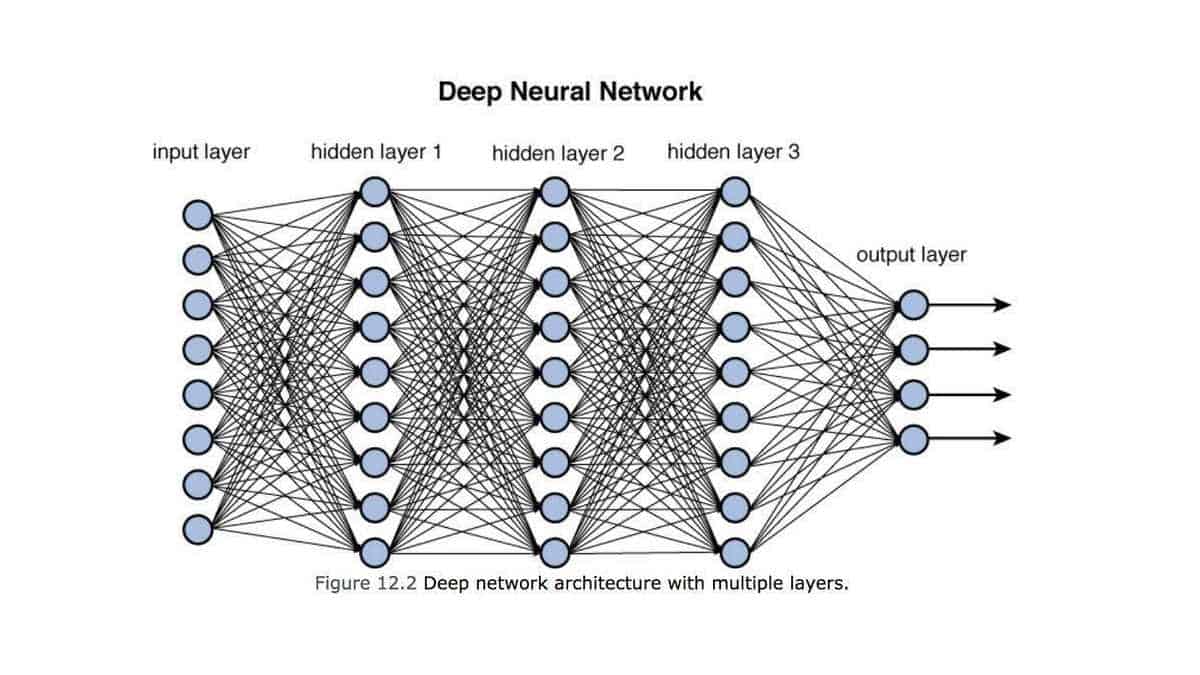Machine learning vs Deep learning in AI – what are the differences?

Table of Contents
Are you eager to know more about the differences between machine learning and Deep learning? If so, then this article is for you. We’ll provide you with everything you need to know about the two types of AI models and the key differences that differentiate them.
In recent years, there’s been a lot of buzz on the internet concerning machine learning and deep learning. However, it’s not common knowledge as to what these terms actually mean. This brings us to the question, what exactly are machine learning and deep learning?
Prime Day may have closed its doors, but that hasn't stopped great deals from landing on the web's biggest online retailer. Here are all the best last chance savings from this year's Prime event.
- Sapphire Pulse AMD Radeon™ RX 9070 XT Was $779 Now $719
- AMD Ryzen 7 7800X3D Processor Was $449 Now $341
- Skytech King 95 Ryzen 7 9800X3D gaming PC Was $2,899 Now $2,599
- LG 77-Inch Class OLED C5 TV Was $3,696 Now $2,996
- AOC Laptop Computer 16GB RAM 512GB SSD Was $360.99 Now $306.84
- Lexar 2TB NM1090 w/HeatSink SSD Was $281.97 Now $214.98
- Apple Watch Series 10 GPS+ Smartwatch Was $499.99 Now $379.99
- AMD Ryzen 9 5950X processor Was $3199.99 Now $279.99
- Garmin vívoactive 5 Smartwatch Was $299.99 Now $190
*Prices and savings subject to change. Click through to get the current prices.
Before we dive into that, it’s best to give you a broad overview of artificial intelligence (AI) since machine learning and deep learning are both subsets of artificial intelligence.
Essential AI Tools
What is Artificial Intelligence (AI)?
In its simplest form, artificial intelligence utilizes computer science and data to solve problems in machines. It enables machines to act and think like humans. At the moment, artificial intelligence is yet to match human intelligence. But in the future, artificial intelligence may eventually match or even surpass human intelligence due to the exponential rate of its development.
Currently, when compared to humans, AI excels in certain areas. For example, AI can complete a select number of tasks much more efficiently than humans, excelling especially in repetitive tasks. A great example of a service powered by Machine Learning is OpenAI’s ChatGPT.
However, despite AI’s proficiency in this area, it is still limited in its ability to perform a great number of functions and often requires some sort of human input or moderation. This is where machine learning and deep learning come into the picture. They can help AI refine their systems to become more discerning and more efficient at carrying out tasks.
What is Machine Learning?
Machine learning is a subset of artificial intelligence that focuses on computers that are able to learn from experience without being programmed. Machine learning artificial intelligence enables scientists to train machines on large amounts of data. The machine learning model is made to use an algorithm in analyzing and drawing inferences from the available data. And as the machine parses more data, the better it becomes at completing a task.
Machine learning is of 3 different types; supervised learning, unsupervised learning, and reinforcement learning.
Today, machine learning is used for a broad range of things, such as automated recommendations, malware threat detection, fraud detection, spam filtering, generalized trend-based predictions, and more.
What is Deep Learning?
Deep learning is a subset of machine learning that is modeled on the workings of the human brain. It can be considered to be an advanced version or evolution of machine learning. A deep learning model works similarly to human brains, in that it layers algorithms and computing units, also known as neurons, into a large web of interconnected systems. This web of data is known artificial neural network. These deep neural networks continually analyze datasets in a logical fashion to draw conclusions and predictions based on them.
A great example of deep learning artificial intelligence is Google’s AlphaGo, which can beat professional human players at the board game Go, the oldest board game known to be continually played.
There are different types of deep learning algorithms. Some of which include convolutional neural networks (CNNs), recurrent neural networks (RNNs), generative adversarial networks (GANs), long short-term memory networks (LSTMs), multilayer perceptrons (MLPs), radial basis function networks (RBFNs), and more.
Deep learning is used for a broad range of things today, such as automated driving, the military, consumer electronics, speech recognition, image recognition, and more.
Key Differences Between Machine Learning and Deep Learning
Let’s take a look at some of the key differences between machine learning and deep learning.
Level of Human Intervention
Getting results from machine learning algorithms requires a fair amount of human intervention, more so than with a Deep Learning Model. On the other hand, the setup process for deep learning is vastly more complex. But after that, only very little human intervention is required.
Set up Time
Machine learning systems are very easy and fast to set up. However, the results they produce are often limited. While deep learning systems take a longer time to set up, their results are usually instantaneous.
Approach
Machine learning uses traditional algorithms and usually relies on structured data. Deep learning uses neural networks and is designed to accommodate huge amounts of unstructured data.
Conclusion
As we have seen, machine learning and deep learning are quite similar but also differ in many ways. As we have seen with technologies such as Siri and Alexa, these types of machine learning have the potential to make great leaps forward in the advancement of the tech we have today. For generations to come, machine learning deep learning will impact our lives in so many ways and will become an increasingly important part of almost every industry.

